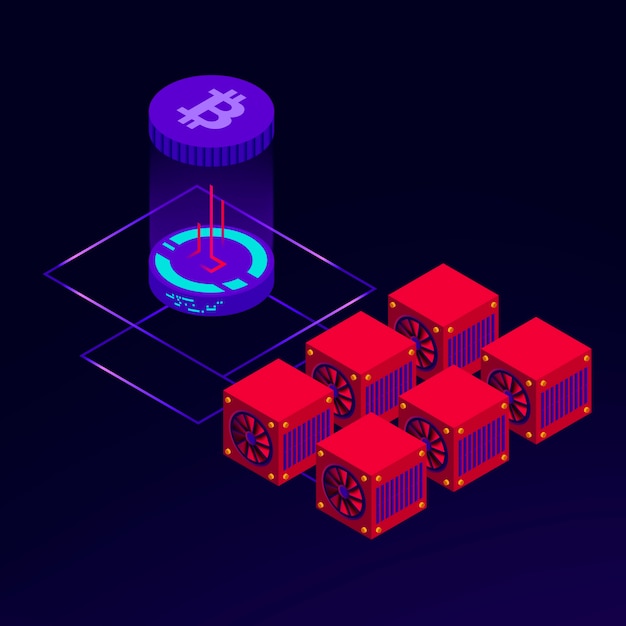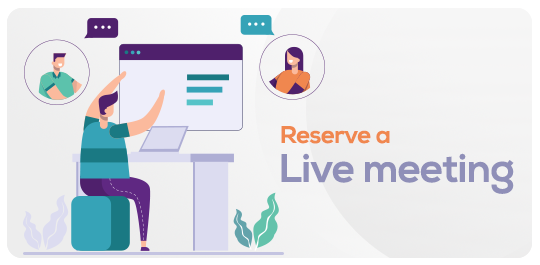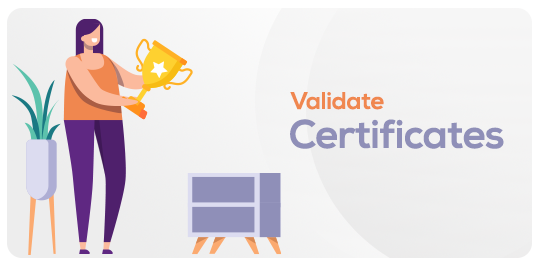Developing blockchain applications for the Ethereum network
in Web DevelopmentWhat you will learn?
Develop full decentralized web application on Ethereum blockchain
Learn smart contract fundamentals and interaction
Learn how to connect your web application to blockchain
How to react to blockchain events
How to deploy and run local blockchain
About this course
Welcome to the Complete Blockchain Web Application Development course offered on the Zuriey platform! This course is your ultimate guide to constructing decentralized web applications.
How does blockchain tie into web development, you might wonder?
Blockchain technology is commonly associated with cryptocurrencies and token sales, but its applications in web development are vast. As one of the latest trends in the field, blockchain technology has garnered significant attention. Despite the buzz, many are still exploring the practical use cases of blockchain and how it can be integrated to create profitable business models.
In this course, you will delve into the essential components of building and linking blockchain applications to websites for seamless interaction.
The course is structured into three key sections:
1. Frontend application: Built using Angular, it remains completely independent from the blockchain.
2. Smart Contracts and blockchain: Here, you will grasp the basics of crafting, locally deploying, and engaging with smart contracts.
3. Middleware: This critical bridge connects the frontend to the smart contract.
Act swiftly as the pricing may shift soon!
And in case you feel the course falls short of your expectations or doubt your ability to develop your blockchain web app by the end of it, fret not. We offer a 30-Day Money-Back Guarantee, relieving you of all risks. The invitation is open to join the top-notch Blockchain course today!
Requirements
Basic web development knowledge (Angular, React, Vue...)
Prepare to build real blockchain web app!
Be ready to learn lot of cool stuff
FAQ
Comments (0)
Get an overview of the whole project structure which consists of:
Frontend build in Angular
Smart Contract written in Solidity
Middleware using web3js
We will install the requirements for development: Visual Studio Code and NodeJS and setup sample Angular project.
To make sure we are having the same dependencies:
- delete package-lock.json file
- delete node_modules
- replace package.json content with the following and then run "npm install" :
{
"name": "blockchain-poll",
"version": "0.0.0",
"scripts": {
"ng": "ng",
"start": "ng serve",
"build": "ng build",
"test": "ng test",
"lint": "ng lint",
"e2e": "ng e2e"
},
"browser": {
"http": false,
"https": false,
"os": false
},
"private": true,
"dependencies": {
"@angular/animations": "~9.1.3",
"@angular/common": "~9.1.3",
"@angular/compiler": "~9.1.3",
"@angular/core": "~9.1.3",
"@angular/forms": "~9.1.3",
"@angular/platform-browser": "~9.1.3",
"@angular/platform-browser-dynamic": "~9.1.3",
"@angular/router": "~9.1.3",
"apexcharts": "^3.19.0",
"bootstrap": "^4.4.1",
"jquery": "^3.5.0",
"rxjs": "~6.5.4",
"tslib": "^1.10.0",
"web3": "^1.2.7",
"zone.js": "~0.10.2"
},
"devDependencies": {
"@angular-devkit/build-angular": "~0.901.3",
"@angular/cli": "~9.1.3",
"@angular/compiler-cli": "~9.1.3",
"@angular/language-service": "~9.1.3",
"@types/jasmine": "~3.8.0",
"@types/jasminewd2": "~2.0.3",
"@types/node": "^12.11.1",
"codelyzer": "^5.1.2",
"jasmine-core": "~3.8.0",
"jasmine-spec-reporter": "~4.2.1",
"karma": "~5.0.0",
"karma-chrome-launcher": "~3.1.0",
"karma-coverage-istanbul-reporter": "~2.1.0",
"karma-jasmine": "~3.0.1",
"karma-jasmine-html-reporter": "^1.4.2",
"protractor": "~5.4.3",
"ts-node": "~8.3.0",
"tslint": "~6.1.0",
"typescript": "~3.8.3"
}
}
In this section we will build the website in Angular. We will focus on different components, visual and logical structure.
We will describe the frontend architecture and components which we will develop.
We will define interfaces and mockup a simple website design with implementation using Bootstrap.
JavaScript requires jQuery
We will develop PollCreate component (view) which will be responsible for handling input form data, for creating polls.
We will implement PollCreate component (logic), setup reactive form and verify we are getting correct data.
We will implement Poll component (view) responsible for displaying short information about the poll.
We will implement Poll component remaining logic.
We will implement PollVote component logic for displaying charts using Apex charts.
We will implement displaying of active poll in the PollVote component.
We will implement and mock-up PollService, responsible for executing functions.
We will wire up outputs of components and make sure the data flow from components to PollService works.
In this section you will learn about:
where to create smart contract
how to create smart contract
solidity fundamentals
contract interaction
Learn basics of Remix editor, structure and plugins needed.
Solidity types: uint, bool, string, bytes...
Solidity functions: types, visibility etc.
Learn about function modifiers and require statements.
Learn how you can interact with your smart contract and execute functions to test if it works as expected.
Now we will develop our PollContract and we start by defining the types we need.
We will implement creatingPoll function and handle possible errors.
We will define getPoll function and return data we need for our frontend.
We will implement vote function which handles the logic of voting and possible errors.
We will implement function for getting voter and data we need for our frontend.
We will setup Metamask and learn basics.
We will setup Ganache, local blockchain, and learn the basics.
We will learn how to deploy your own smart contract to local blockchain using Remix.
In this section you will learn how to connect your frontend with the smart contract. How to glue them together by writing the middleware.
Setting up middleware service and connecting to Metamask from frontend.
Fixing version of Web3
Execute transactions








